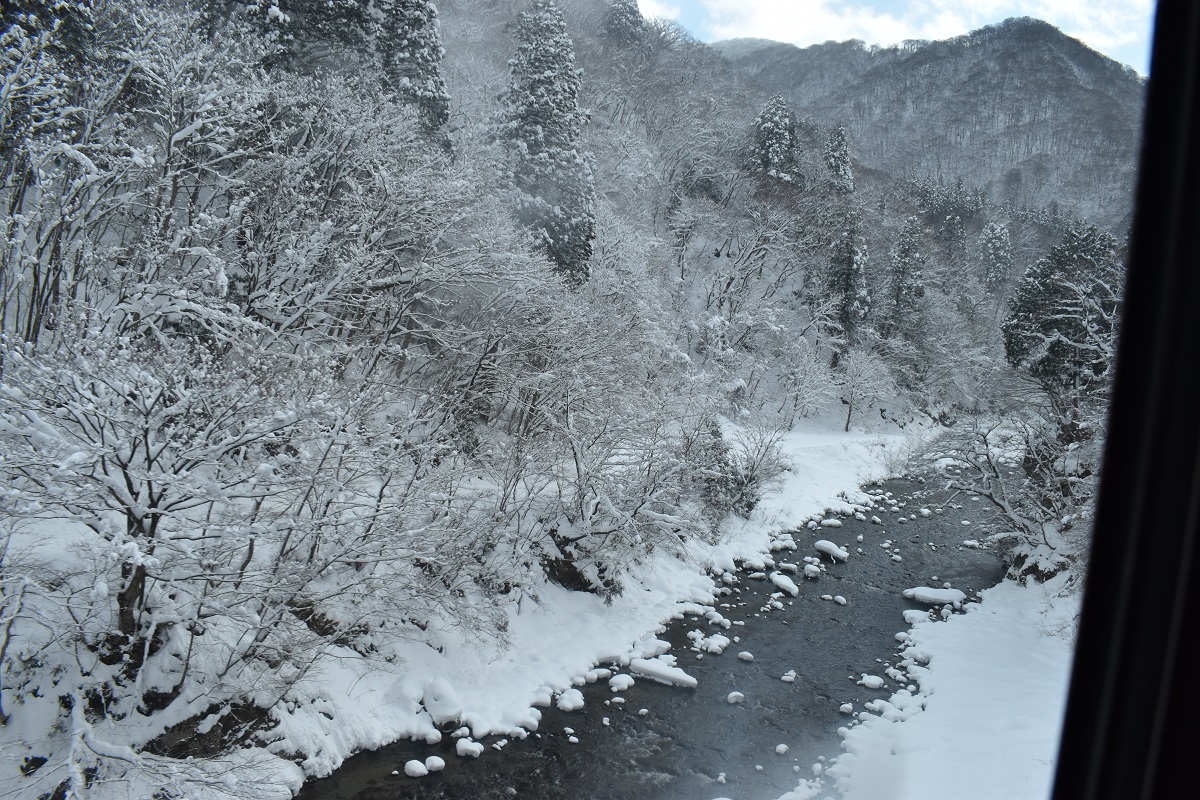Each arched stone bridge in Kumamoto prefecture exists in exquisite balance with the weight of the thousands of stones that make up it, and the shape is beautiful. It is said that there are approximately 320 existing stone bridges in Kumamoto, but why are there so many stone bridges in Kumamoto? Many factors seem to have contributed to this, including the presence of easy-to-work welded tuff formed by the Aso pyroclastic flow nearby, the presence of a technical group of masons, and the fact that people who learned Western techniques in Nagasaki moved there. There is also a story that the designer of stone bridge was even threatened with his life by other clans due to his high technical skills. This stone bridge is the result of a divine work. The steps involved creating an arch-shaped wooden frame according to the blueprint, fitting stones into it from above, and finally removing the wooden frame.

Around the same time, a huge wooden arch bridge was built in Iwakuni. This is Kintaikyo Bridge.

Anyway, the Midori River basin in southern Kumamoto Prefecture is full of stone bridges. Some are stone bridges for people to cross valleys, but many are also used to carry waterways to irrigate higher ground. A typical example is the Tsujun Bridge, but for some reason there is an object depicting “Beauty(Anna) and the Beast” in front of it. Let’s visit your favorite stone bridge. Depending on the time of day at Futamata bridge, light from the arch opening and light reflected on the river surface overlaps to form a heart shape.

Furthermore, in order to distribute the precious water carried by stone bridges to the fields, it is necessary to distribute the water equally in proportion to the cultivated area. A mechanism for this purpose is a circular water diversion system, in which water rises from the center of the circle using a U-shaped pipe, spills into partitions set up along the circumference in proportion to the cultivated area, and is distributed in various directions. You can see places where this device is still in use today. You might read the same story at the travel note “Akita in winter”. Forthermore, there is one in the metropolitan area as well as in Mizonokuchi in Kawasaki City.
A detour
Mizutama (Polka dots) cafe, a cafe tucked away on top of a mountain. A good place to relax and do nothing. Aso can also be seen in the distance.
It’s difficult to get here. Don’t overlook the small landmarks at junctions on narrow roads. It seems that reservations are now required recently.
Another detour

At first glance it looks like an octagonal tunnel, but numerous so-called nut-like shapes are lined up along the cliff. Although it is the remains of a former railroad (Yuen railway), it seems to be a preventative measure against landslides. There seems to be a demonic realm ahead, but at the end of the tunnel is a tranquil landscape.
















